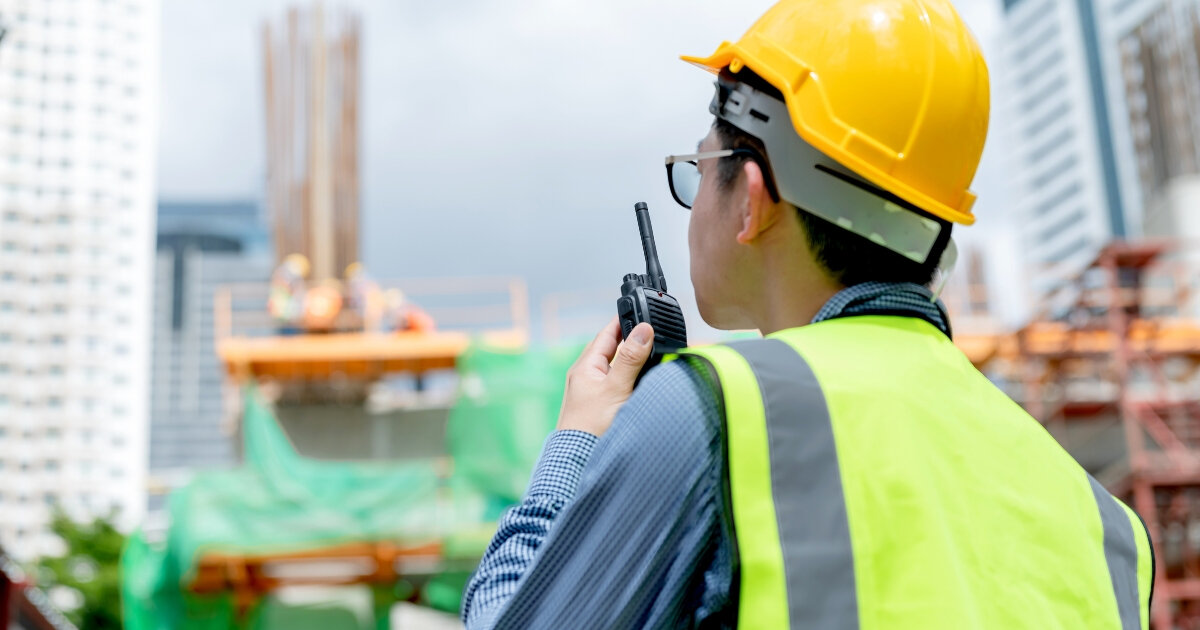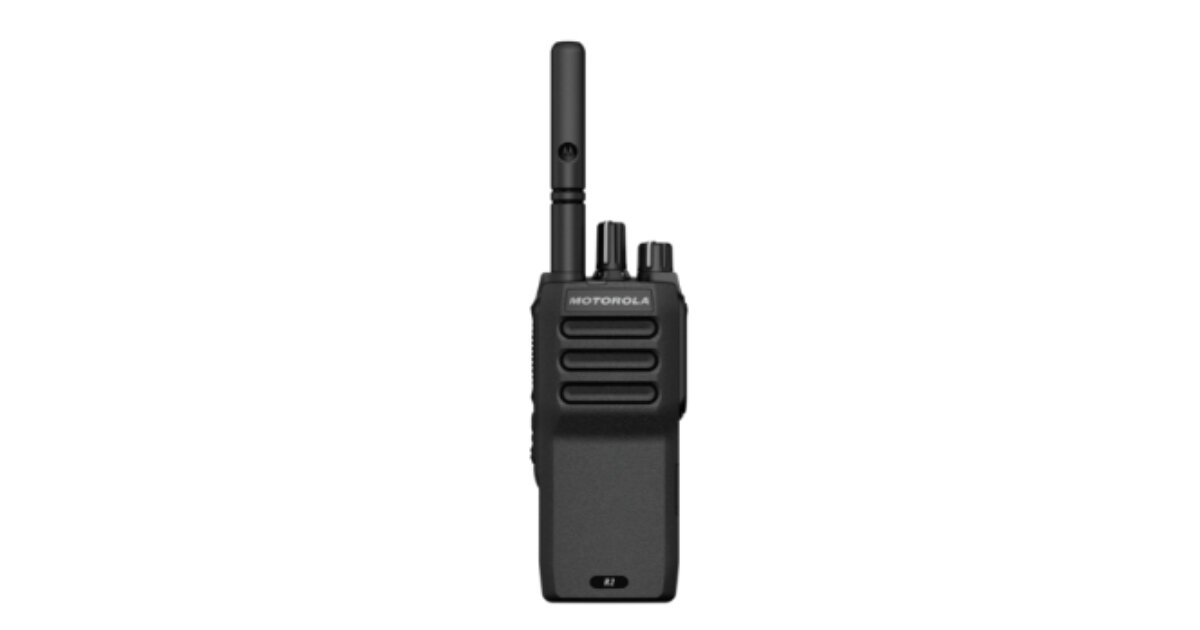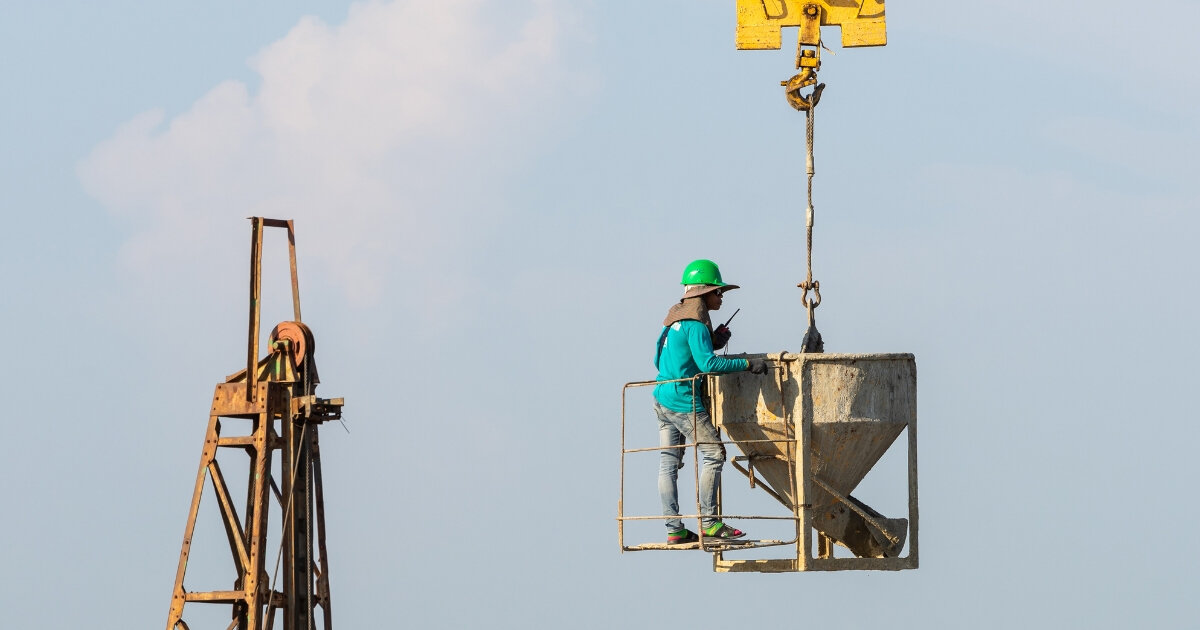Two-Way Radios: Rent or Buy? Find the Right Fit for Your Business

Ever seen a construction site grind to a halt because no one could reach the crane operator? Or a snow removal team scrambling mid-storm because half their radios went silent? These moments aren’t just inconvenient – they can derail projects, delay service, and compromise safety. That’s why choosing whether to rent or buy two-way radios matters more than most teams realize.
In this post, we’ll break down when renting makes sense, when buying pays off, and how to avoid the communication gaps that quietly cost companies thousands in downtime, missteps, and frustration.
Benefits of Renting Two-Way Radios
Not every operation needs radios year-round. If your gear ends up in storage for months at a time, owning it might not be the best use of your budget. Renting gives teams access to high-quality communication tools exactly when they need them, without paying for downtime or long-term maintenance.
Most rental programs include helpful extras like equipment servicing, pre-programming, and even quick replacements. So, when a unit fails mid-shift or during a storm, you’re not stuck troubleshooting. You just swap it and keep going. That kind of support can save time and keep projects moving.
Renting also gives you space to test what actually works. A seasonal team might try the MOTOTRBO R2 and find it simple, lightweight, and reliable without being overbuilt. That insight helps avoid costly purchasing mistakes down the line. And when teams rotate often, some rental packages include basic training, so everyone’s up to speed – no guesswork or delays.
When your communication needs shift with the seasons or the job, renting helps you stay flexible without sacrificing reliability.

When Rental Makes Perfect Sense
Some operations are built for short bursts of high activity. Think snow removal, event staffing, or seasonal construction. These teams need radios during peak times, but not the rest of the year. Renting lets them gear up fast, stay connected, and return the equipment when the job’s done. No long-term upkeep. No storing unused gear.
Projects with tight timelines also benefit. A six-month construction site or short-term highway expansion might only need radios during certain phases. Renting allows teams to scale communication based on the workload without over-committing.
Events are another clear example. Conferences, festivals, or large-scale productions might need 20 to 50 radios, but only for a few days. Buying doesn’t make sense in that case. Rentals give organizers exactly what they need, when they need it, without waste.
And in emergency response, flexibility is critical. Some agencies need to ramp up their radio fleet within hours. A rental program gives them the ability to scale instantly, without waiting on procurement or delivery.
When timing, flexibility, and short-term demands lead the job, renting helps teams stay ready without unnecessary investment.
The Technological Advantage of Renting
Radio technology has come a long way. Better battery life, clearer audio, and smarter features are now standard in many modern models. For teams working in noisy or remote environments, those improvements can make a noticeable difference.
One key benefit of renting is access to newer equipment without the cost of upgrading every few years. Rental programs often refresh their inventory with the latest models, so teams aren’t stuck using outdated gear that can’t keep up with real-world demands.
This especially matters when working across wider areas or needing features like GPS tracking or emergency signalling. Systems like Fleet Connect provide those advanced capabilities without requiring your team to commit to a permanent infrastructure right away.
Renting gives teams a way to test modern features in the field. If you’re unsure what works best for your environment, trying the latest tools temporarily can help you make smarter long-term decisions.
Advantages of Buying Two-Way Radios
If your team relies on radios every day, buying can make more financial and operational sense over time. After about a year of steady use, rental costs often match or exceed the price of owning. Once the radios are yours, you're not paying monthly fees or scrambling to secure equipment for each new project.
Ownership also brings consistency. When crews use the same gear day in and day out, they know the controls, settings, and quirks inside and out. That familiarity cuts down on mistakes and helps teams stay focused, especially in high-pressure situations.
You also get more control over how your radios are set up. A mobile team might prefer something like the CM200d with simple, glove-friendly controls. A warehouse team may lean toward lighter portables with screens for quick channel changes. When you own the equipment, you can match each model to the job.
Buying gives you the freedom to build a system around your team’s actual workflow – not just what’s available on a rental list.
When Buying Makes Sense
Some teams simply can’t afford communication downtime. Manufacturing plants, hospitals, and security departments often run 24/7, and they need radios that can keep up. For these kinds of operations, ownership is usually the smarter long-term move.
In manufacturing, for example, radios may be in constant use across multiple shifts. When teams are working in high-noise environments or across large facilities, consistency matters. Having dedicated radios programmed for their specific layout and workflows keeps communication simple and reliable.
Healthcare and security teams face similar needs. Hospitals don’t shut down on weekends. Security operations run through holidays and overnight shifts. When radios are in use every single day, renting becomes more expensive over time and adds unnecessary complexity.
Ownership also makes more sense when compliance is part of the equation. Some industries have strict radio requirements around encryption, emergency features, or signal coverage. Buying allows you to select models that meet those needs directly rather than hoping a rental unit checks the right boxes.
The Long-Term Value of Owning
Buying radios isn’t just a one-time fix – it’s a long-term strategy. Once the equipment is in place, your team isn’t dealing with fluctuating rental costs, last-minute orders, or availability issues. You know exactly what’s on hand, how it’s programmed, and who’s using it.
Over time, this stability adds up. Teams work faster when they’re comfortable with their tools. There’s no learning curve every season, no model swapping, and no delays because gear needs to be reconfigured. When operations expand, it’s easier to build onto a system you already own than to renegotiate rentals or scale up temporary gear.
Ownership also opens the door to customization. From integrated dispatch consoles to custom accessories or work ticket systems, your radios become part of how the team works – not just something they use. And with professional-grade models built to last five years or more, the long-term savings go beyond the upfront cost.
If your operation depends on communication day in and day out, ownership gives you consistency and control.

Common Misconceptions About Renting and Buying
One of the biggest assumptions teams make is that renting always saves money. It feels that way at first – there’s no large upfront payment – but after 10 or 12 months of steady use, rental fees can easily exceed what it would’ve cost to buy. If your team uses radios daily, ownership usually becomes the more cost-effective path.
Another misconception? That radios go out of date quickly, like smartphones. But professional-grade radios are built to last. Many teams still use models purchased years ago that continue to perform reliably. Unless your work depends on cutting-edge features that change every year (which isn’t the case for most industries), obsolescence isn’t a big concern.
On the flip side, some assume buying is always better. But if your communication needs are seasonal or unpredictable, owning too many radios can turn into unnecessary overhead. The key is matching your approach to how your team actually works.
The smartest operations weigh usage, timing, and support needs, not just what looks cheaper on paper.
Key Factors to Consider When Choosing
Choosing whether to rent or buy two-way radios isn’t just about cost, but also about how your team operates day to day. If radios are only needed during seasonal peaks or short-term projects, renting gives you the flexibility to scale up and down. But for daily use across shifts or departments, buying often delivers better long-term value.
Team turnover matters, too. If crews rotate often, renting can simplify training and setup. For more stable teams, owning equipment builds familiarity, leading to faster communication and fewer errors on the job.
Your budget structure also plays a role. Some companies prefer spreading costs through operational expenses (OpEx), making rentals easier to manage. Others lean toward capital investments (CapEx) with predictable ROI over time.
Then there’s compliance. If your industry requires specific features, like encryption, emergency alerts, or consistent coverage, owning gives you more control. And when communication fails, the real cost is felt in delays, safety risks, or missed deadlines. That’s often the clearest indicator of which setup truly fits your operation.
Making the Right Call for Your Team
Clear communication isn’t optional. It’s what keeps teams safe, productive, and ready to act. Whether you rent or buy, the right setup should support how your team works and how often radios are used. Renting offers flexibility for seasonal peaks or emergencies. Buying delivers consistency and long-term value, especially for operations that rely on radios every day.
The best communication systems don’t just work – they work for your workflow. Whether you're ready to invest or need short-term flexibility, MRC Wireless offers solutions built around your team’s real needs. Let’s find what fits.

